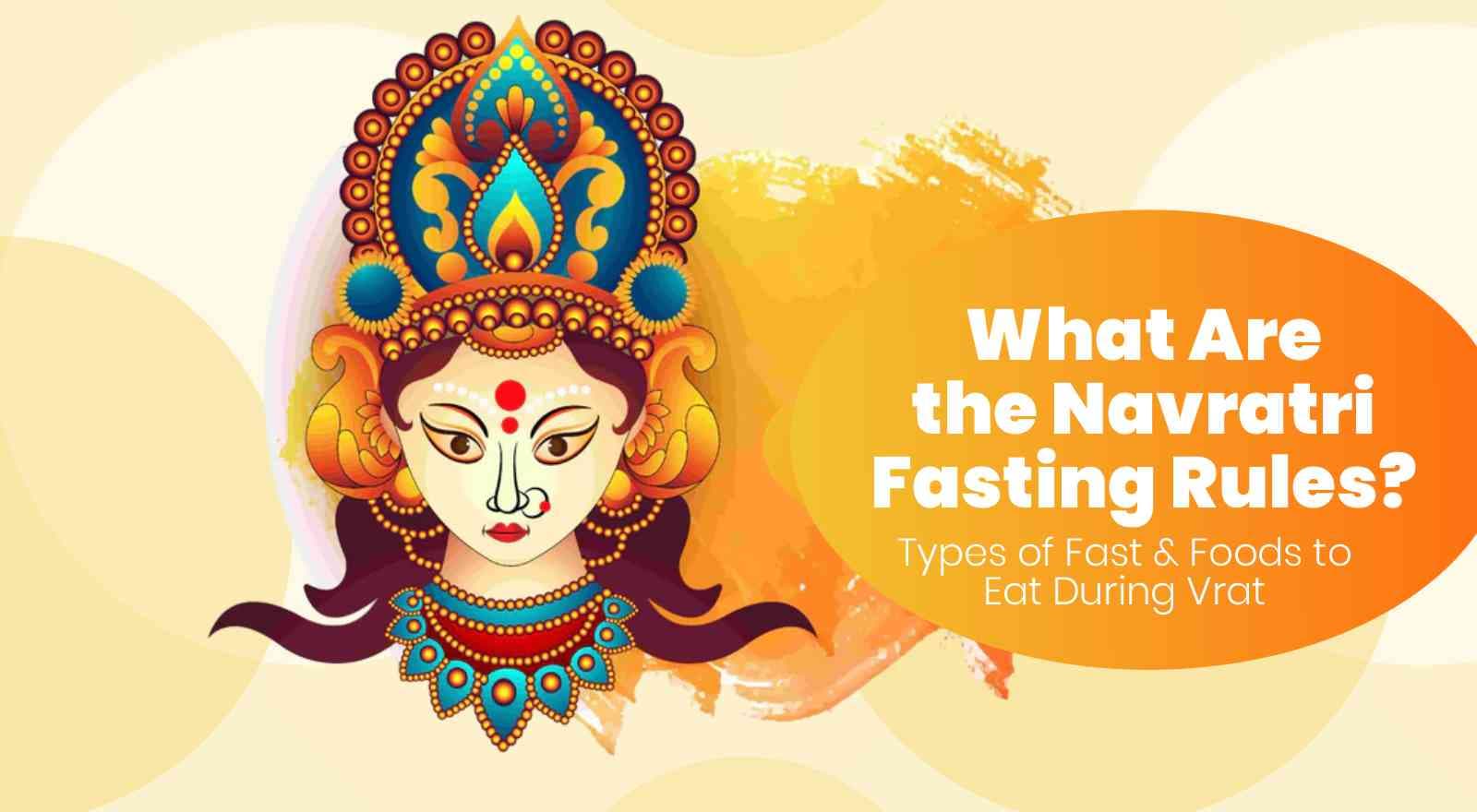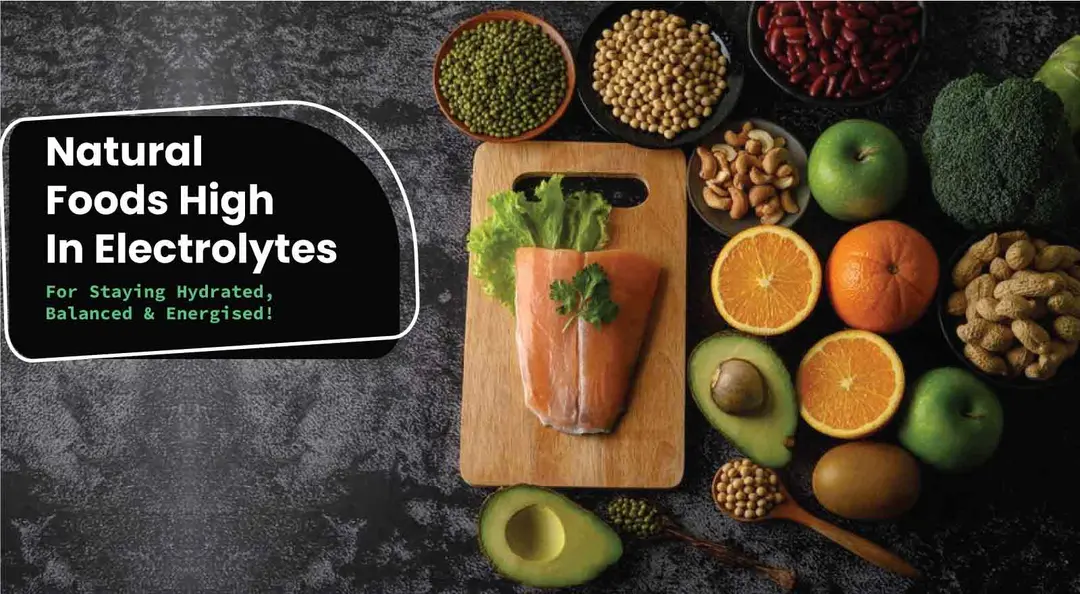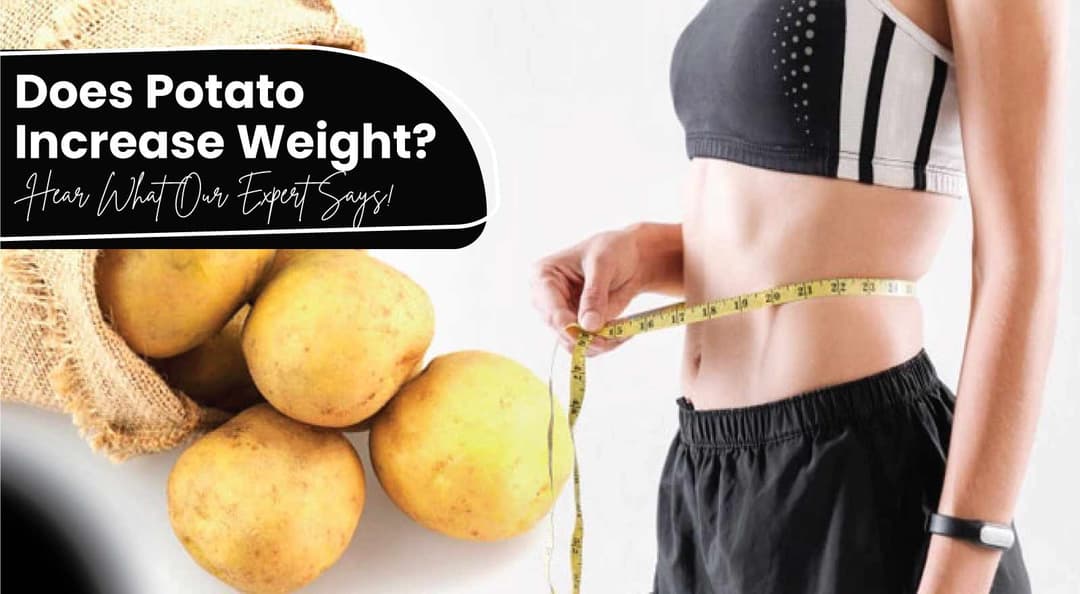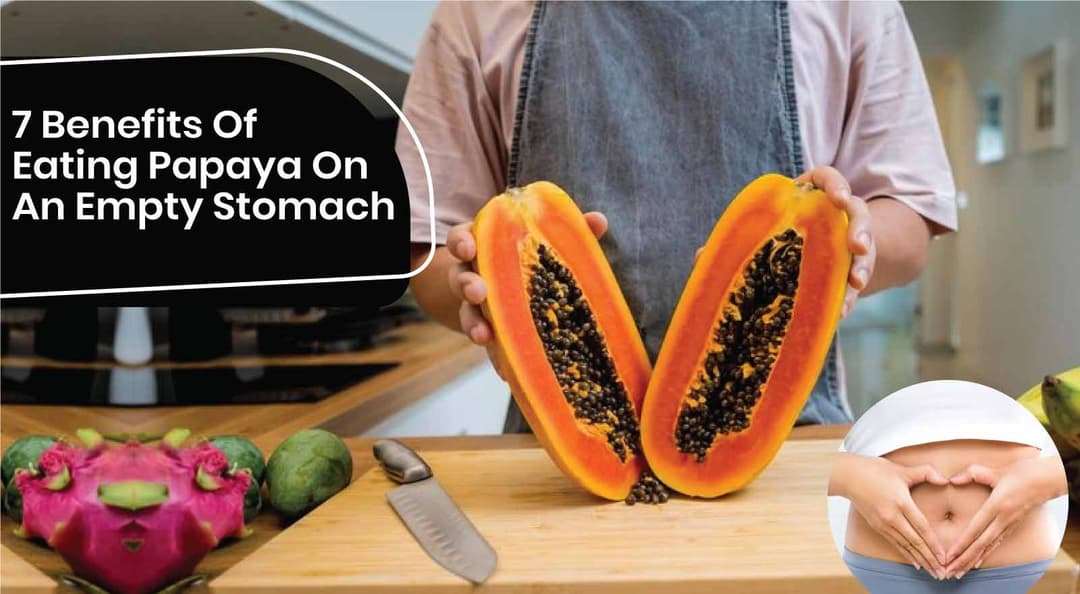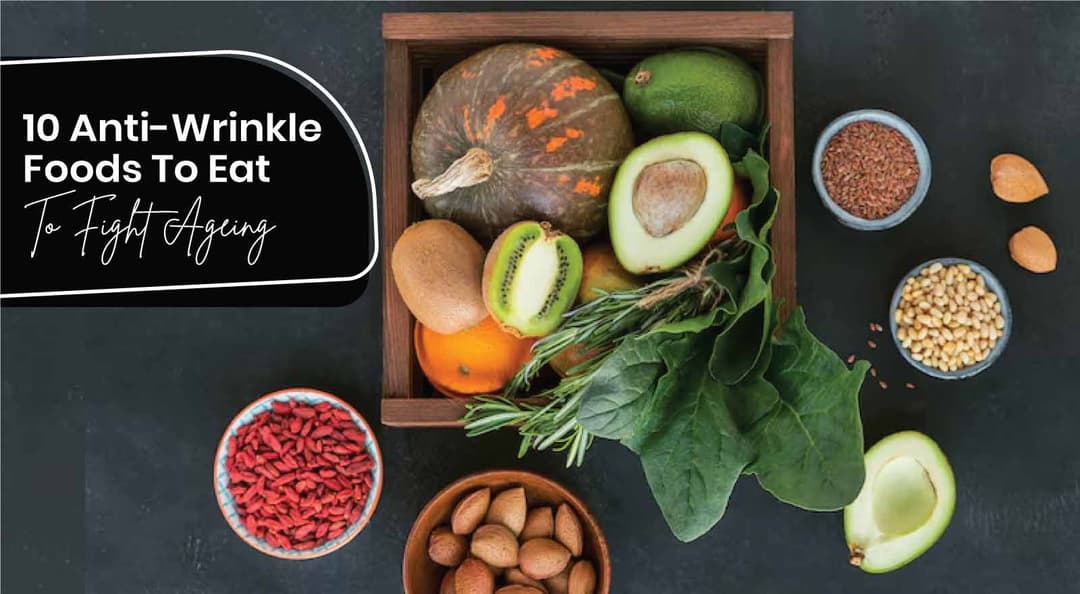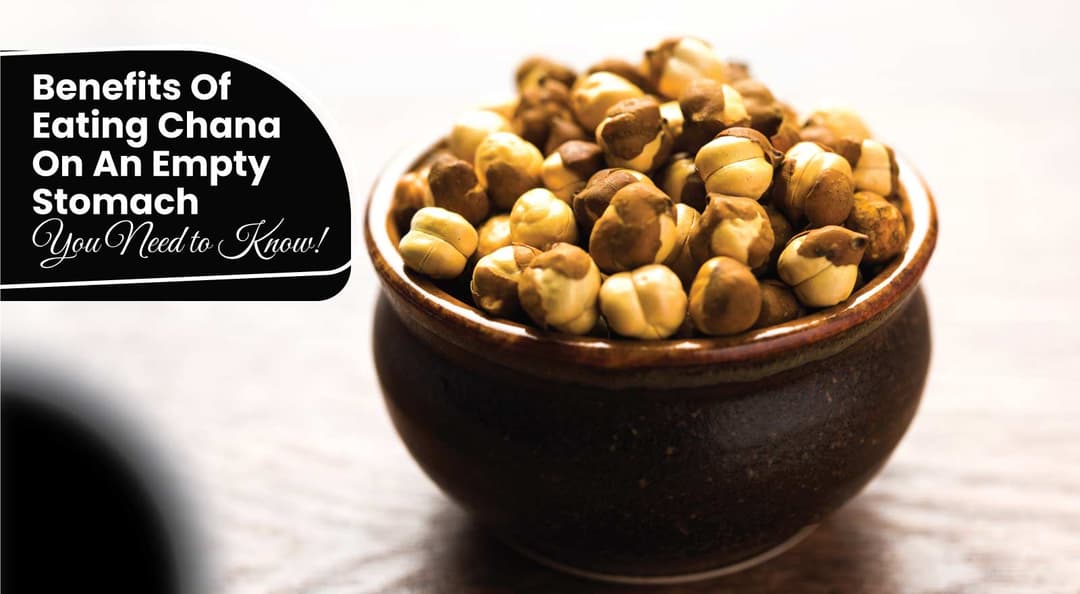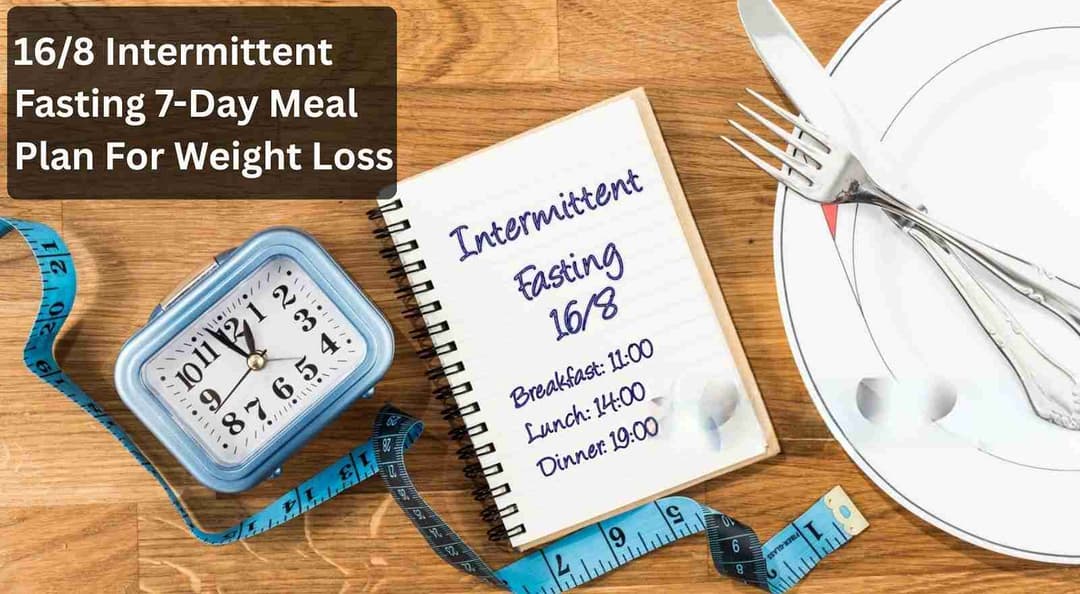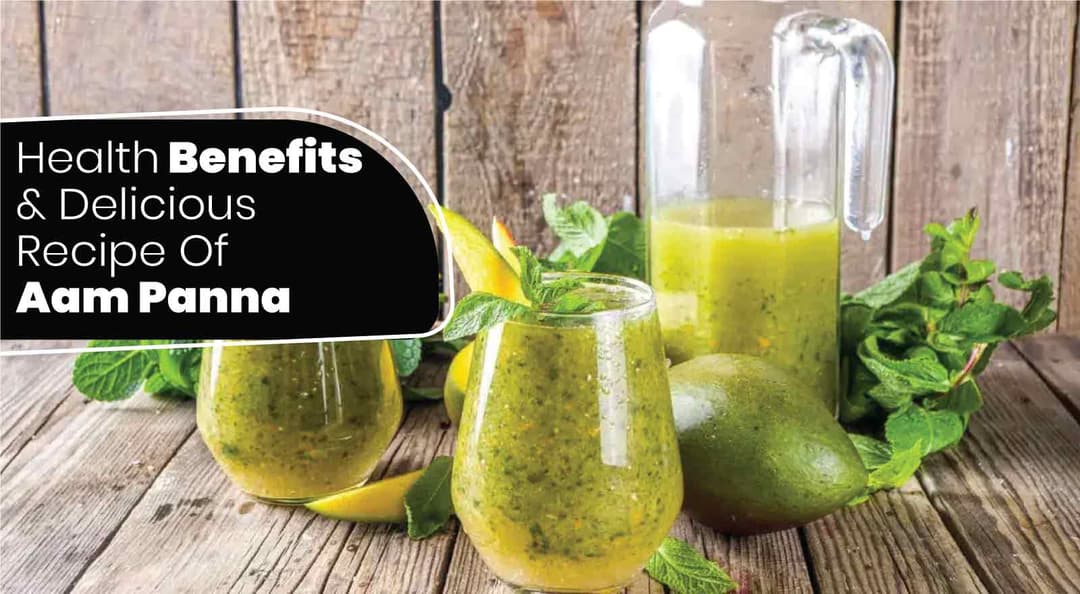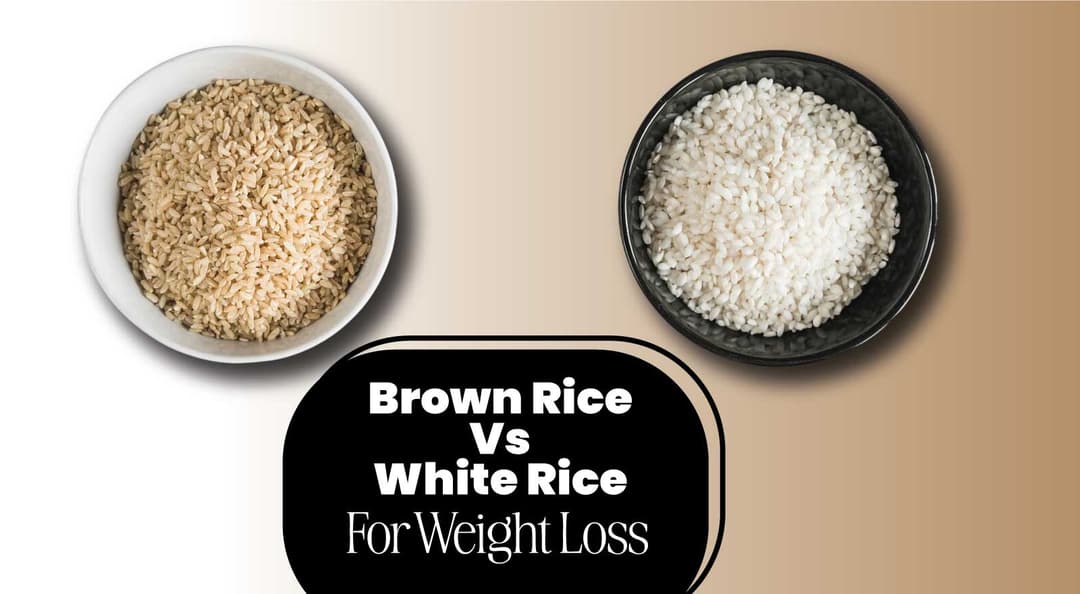Navratri's here, and if you're like most of us, you're probably navigating a web of "what's allowed" and "what's not." It's a mix of tradition, family customs, and that little voice in your head asking, "Wait, can I eat that?"
We get it. It's not just about abstaining; it's about connecting, right?
But between all the "no grains" and "only rock salt," things get blurry. You're trying to honor the spirit of the festival, but also, you're human. So, let’s talk about the real deal, the Navratri fasting rules, without the judgment or the complicated explanations.
We'll explore the different ways people observe this fast because there's not just one way. Then, we’ll dive into the Navratri 9 days fast rules, giving you a clear picture of what's on the table. And, of course, we’ll talk about what to eat on a Navratri vrat because you deserve a meal that's both respectful and delicious. Consider this your friendly guide to the Navratri vrat rules because sometimes you just need a straightforward answer.
Table Of Contents
- Importance Of Chaitra Navratri Fasting
- Navratri 9 Days Fast Rules: Navratri Fasting Rules And Types of Fast
- What Can We Eat During the Navratri Fast?
- Dietitian’s Recommendation
- The Final Say
- FAQs
- References
Importance Of Chaitra Navratri Fasting
Fasting during Chaitra Navratri is more than just a religious ritual; it is a means of detoxifying the body and focusing on spiritual well-being. Devotees follow Navratri fasting rules to seek the blessings of Goddess Durga, remove negative energies, and attain inner peace and prosperity.
Each day of Navratri is dedicated to one of the nine forms of Goddess Durga, also known as Navadurga:
- Day 1: Shailputri Mata
- Day 2: Brahmacharini Mata
- Day 3: Chandraghanta Mata
- Day 4: Kushmanda Mata
- Day 5: Skandamata Mata
- Day 6: Katyayani Mata
- Day 7: Kalaratri Mata
- Day 8: Mahagauri Mata
- Day 9: Siddhidatri Mata
Also Read: 7-Day Navratri Diet Plan for Weight Loss: Benefits, Healthy Food Choices And Tips To Stay Fit!
Navratri 9 Days Fast Rules: Navratri Fasting Rules And Types of Fast

Chaitra Navratri is a sacred period dedicated to Goddess Durga, and fasting during these nine days is a spiritual and disciplined practice. Here are the essential Navratri fasting rules to follow:
1. Satvik Diet Only
- Avoid grains like wheat and rice (except Samak rice).
- Consume fruits, milk, nuts, and Vrat-friendly flours like Singhara and Kuttu.
- Rock salt (Sendha Namak) should replace regular salt.
2. No Onion & Garlic
- Only pure vegetarian and satvik meals are allowed.
- Avoid tamasic foods like onion, garlic, and alcohol.
3. Limited Meal Consumption
- Devotees usually eat once or twice a day, depending on their level of fasting.
- Some observe Nirjala Vrat or dry fasting (without food and water).
4. Specific Spices & Oils
- Regular spices like turmeric and red chili powder are avoided.
- Use black pepper, cumin, and green chili instead.
- Ghee or peanut oil is preferred over regular oils.
5. Avoid Packaged & Processed Food
- Eat freshly prepared meals to maintain purity.
- Avoid preservatives, artificial flavors, and processed snacks.
6. Mental & Spiritual Purity
- Maintain a positive mindset and practice kindness.
- Chant mantras, meditate, and read scriptures like Durga Saptashati.
7. Follow Daily Rituals
- Wake up early and take a bath before sunrise.
- Light a diya and offer prayers to Goddess Durga.
- Perform Aarti and Bhajans daily.
8. Avoid Non-Vegetarian & Addictive Substances
- No meat, eggs, alcohol, or smoking during fasting.
- Keep a clean and peaceful environment at home.
9. Break the Fast Properly
- On the ninth day (Navami), Kanya Pujan is performed by feeding young girls.
- Break the fast with simple satvik food like fruits and khichdi.
Also Read: Is Semolina Healthy For Weight Loss? Discover the Benefits And Ways To Add It To Your Diet!
Types Of Navratri Fast
1. Nirjala Fast (Waterless Fast)
Nirjala fast is the most intense form of fasting observed during Navratri. Devotees abstain from both food and water throughout the day, relying solely on prayers and devotion to sustain themselves. This fast requires immense self-discipline and physical endurance. It is believed to purify the body and soul while strengthening one's spiritual connection with Goddess Durga. People with health concerns should avoid this strict fasting method.
2. Phalahar Fast (Fruit Fast)
Phalahar fasting allows devotees to consume only fruits, milk, and dairy products. This type of fasting provides essential nutrients while keeping the digestive system light and active. Fruits such as bananas, apples, and pomegranates, along with nuts and seeds like Sunflower Seeds, Pumpkin Seeds and watermelon seeds, are commonly eaten. It is an ideal fasting option for those who wish to maintain energy levels while following spiritual practices during Chaitra Navratri.
3. Partial Fast
A partial fast is a more flexible way to observe Navratri fasting, where devotees consume only one meal a day. The meal typically excludes grains, regular salt, onion, and garlic while incorporating Navratri-permitted ingredients. The rest of the day, individuals may drink herbal teas, milk, or fruit juices. This fasting method is suitable for those who have busy schedules but still want to maintain the religious practice.
4. Full Fast
A full fast involves consuming only foods allowed during Navratri, such as kuttu (buckwheat) flour, rajgira (amaranth), and singhara (water chestnut) flour. Devotees avoid common grains, lentils, and processed foods. Meals are prepared using sendha namak (rock salt) instead of table salt. This fasting type ensures nutritional balance while staying true to the festival’s traditional dietary restrictions, making it an effective spiritual and physical detox.
Also Read: How To Suppress Hunger Without Eating? 8 Effective Strategies And 5 Remedies That Actually Work!
What Can We Eat During the Navratri Fast?
Here is what you can eat during the Navratri fast while following the Navratri vrat rules:
Category | Examples | Details |
| Fruits | Bananas, apples, oranges, papayas, pomegranates, and dried fruits like dates and figs are good choices. | Provide natural sugars, fibre, and nutrients. Can be consumed fresh, in salads, smoothies, or as chaat. |
| Flours | Buckwheat (Kuttu), water chestnut (Singhara), amaranth (Rajgira). | Gluten-free alternatives to wheat flour. Used for making rotis, puris, and pancakes. |
| Grains | Samak rice (barnyard millet) for khichdi, pulao, or porridge. | Regular grains like rice and wheat are avoided; substitutes provide carbohydrates and are light on digestion. |
| Dairy Products | Milk, yoghurt, paneer, ghee, and buttermilk. | Rich in calcium and protein; aids digestion. Used in cooking or consumed directly. |
| Nuts & Dry Fruits | Almonds, walnuts, cashews, raisins, peanuts, makhana (fox nuts). | Provide healthy fats, protein, and energy. Can be eaten raw or added to dishes. |
| Vegetables | Potatoes, sweet potatoes, raw bananas, bottle gourd (lauki), pumpkin (kaddu). | Only specific vegetables are allowed; they provide carbohydrates and hydration. |
| Spices | Black pepper, cumin seeds, green chilies, and coriander powder. | Enhancing flavour while aiding digestion, regular salt is replaced with rock salt (Sendha Namak). |
| Drinks | Coconut water, lemon water, buttermilk, and herbal teas with tulsi or ginger. | Hydration is essential during fasting; avoid caffeinated beverages. |
Also Read: 14 Best Complex Carbs for Weight Loss | ToneOpFit
Dietitian’s Recommendation
While following Navratri fasting rules, I suggest consuming nutrient-rich foods to sustain energy levels. Choose samak rice khichdi for a nutritious meal. Kuttu (buckwheat) or singhara (water chestnut) cheela serves as a protein-rich choice. Savour roasted makhana (fox nuts) cooked in ghee for a crispy treat. Rajgira (amaranth) porridge with nuts offers fibre and vital minerals.
Sweet potato chaat is a tasty, vitamin-loaded meal. Replenish with coconut water and buttermilk. Substitute refined sugar with jaggery or honey in sweets. Sabudana khichdi, paired with peanuts, provides long-lasting energy. Add homemade paneer or yoghurt for a source of protein. Steer clear of deep-fried foods for a healthier meal.
Dt. Akshata Gandevikar
The Final Say
Chaitra Navratri fasting represents a period for spiritual enlightenment, self-control, and dedication. Understanding the Navratri fasting rules helps you navigate the festival with confidence. With these Navratri 9 days fast rules and guidance on what to eat on a Navratri vrat, you can find a balance that honors tradition and nourishes your body.
FAQs
1. Can diabetics observe Chaitra Navratri fasting?
Yes, diabetics can fast with low glycemic foods like roasted makhana, nuts, and high-fiber options like amaranth roti or samak rice. Avoid excessive sabudana and sweetened foods. Regular hydration and small, frequent meals prevent sugar fluctuations.
2. What are common mistakes to avoid during Navratri fasting?
Avoid overeating deep-fried and starchy foods like puris and sabudana vadas. Skipping meals can lead to weakness, so eat small, nutritious portions. Stay hydrated and avoid sugary drinks. Excess tea or coffee can cause dehydration. Maintain a balanced diet with proteins, fiber, and healthy fats for sustained energy.
3. Can I drink tea or coffee during Chaitra Navratri fasting?
Yes, but in moderation. Excess tea and coffee can cause dehydration and acidity. Opt for herbal teas, coconut water, buttermilk, or lemon water to stay refreshed. If consuming tea or coffee, avoid adding refined sugar and pair it with nuts or fruits for balanced energy.
4. What time should we break the Navratri fast?
The Navratri fast is traditionally broken after sunset, following the evening prayer or aarti. The exact timing varies depending on local customs and the specific day's rituals.
5. What is the logic behind fasting in Navratri?
Fasting during Navratri is seen as a way to purify the body and mind, promoting spiritual discipline and self-control. It is also believed to help detoxify the body and enhance spiritual connection.
6. Do you have to fast all 9 days in Navratri?
While fasting for all nine days is considered ideal by many devotees, it's not mandatory. Individuals may choose to fast on select days or follow partial fasting, depending on their health and personal beliefs.
7. Can I eat after 12 AM in the Navratri fast?
Generally, the Navratri fast is observed during the daytime, and meals are consumed after sunset. Eating after midnight is typically not aligned with traditional fasting practices.
8. Can I eat rice, roti, suji and bread during the Navratri fast?
Traditional Navratri fasting restricts regular grains like rice and wheat-based roti and bread. However, alternative grains like sama rice, singhara atta (water chestnut flour), kuttu atta (buckwheat flour), and sabudana (sago) are permitted.
References
- https://www.tv9hindi.com/religion/what-to-do-and-what-should-we-not-do-in-chaitra-navratri-2025-here-are-navratri-fasting-rules-3197027.html
- https://www.hindustantimes.com/lifestyle/festivals/chaitra-navratri-2025-fasting-rules-dos-and-donts-to-follow-while-observing-auspicious-fast-during-hindu-festival-101743131211284.html
- https://timesofindia.indiatimes.com/religion/festivals/chaitra-navratri-2024-fasting-rules-dos-and-donts-to-follow-during-nine-days-of-navratri/articleshow/109152763.cms
- https://food.ndtv.com/food-drinks/navratri-2023-8-fasting-rules-you-should-be-following-1674339
About ToneOp Fit
ToneOp Fit is a platform dedicated to improving and maintaining good health through a comprehensive range of goal-oriented health plans with up to 3 Coach support. With a range of Weight Management, Medical Condition, Detox Plans, and Face Yoga Plans, the app also provides premium health trackers, recipes and health content. Get customised diet, fitness, naturopathy & yoga plans and transform yourself with ToneOp.












